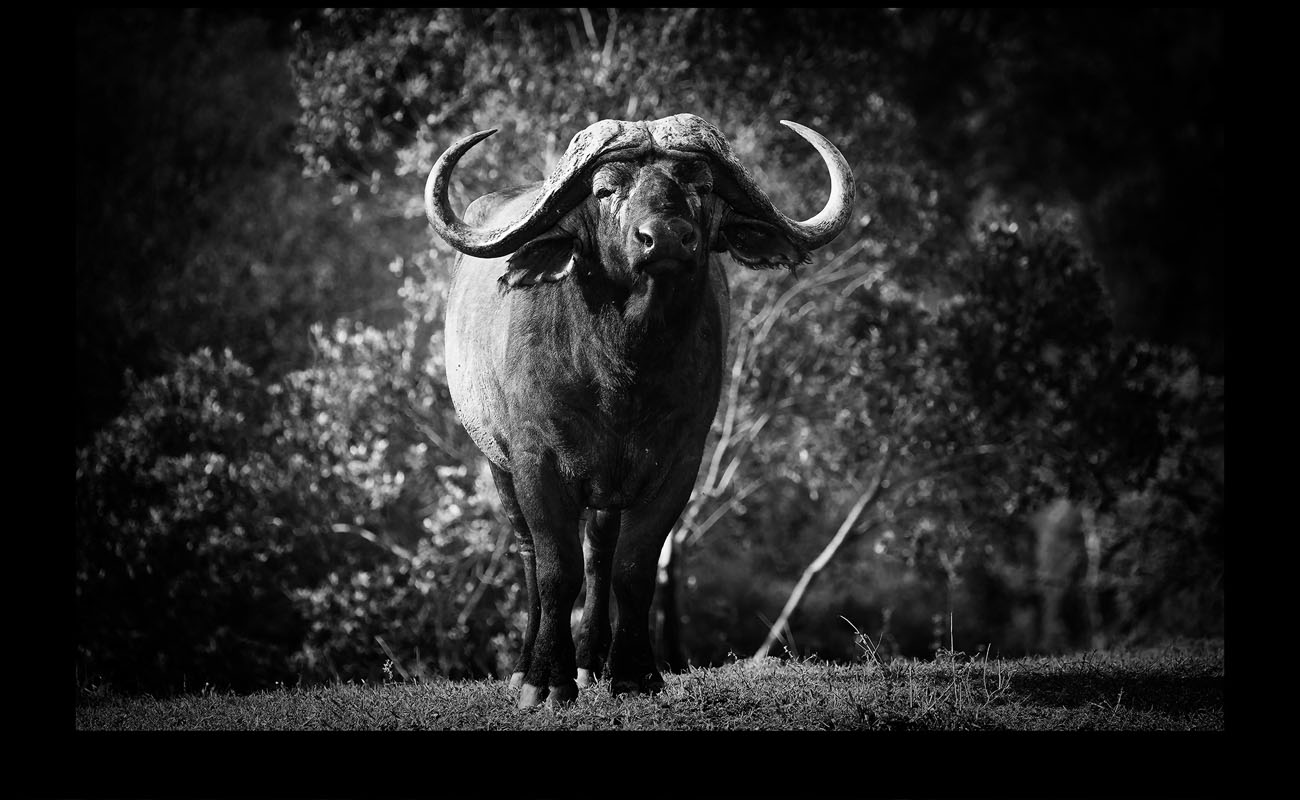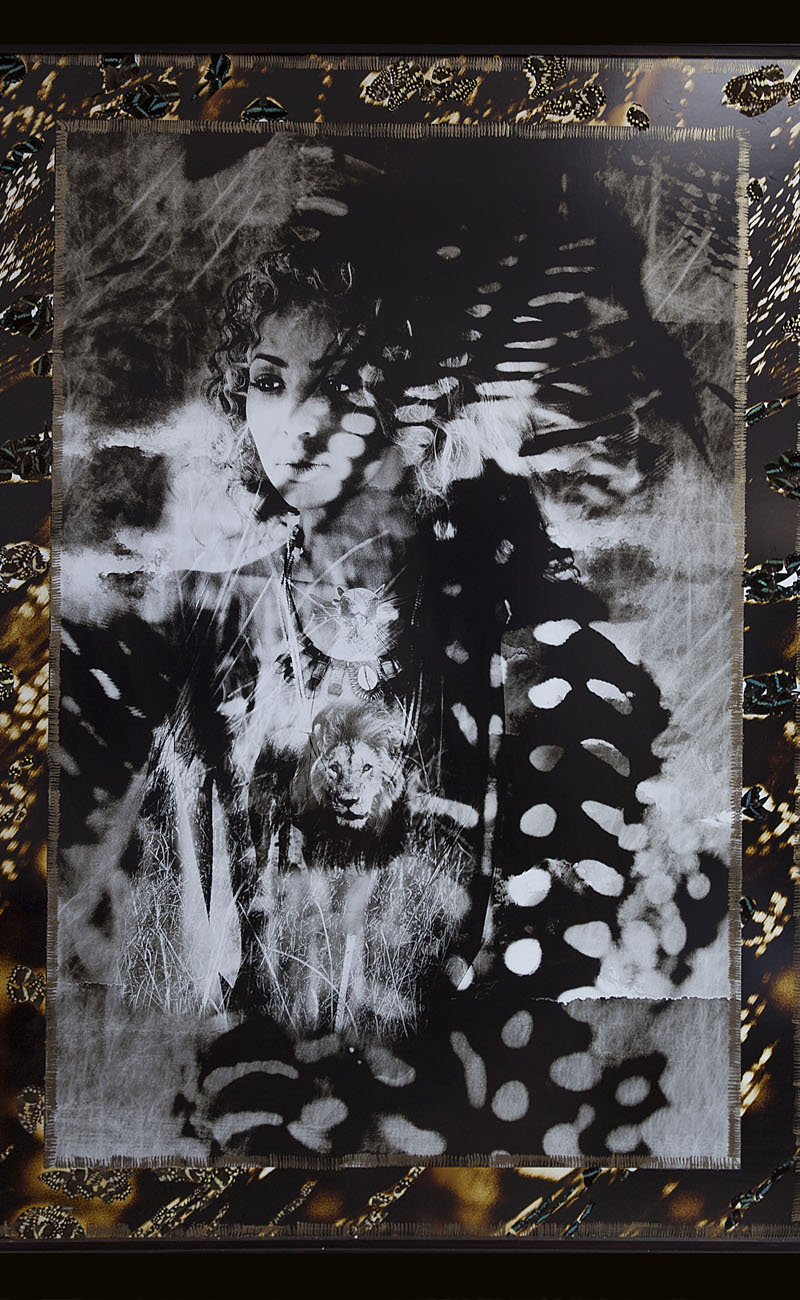This website uses cookies so that we can provide you with the best user experience possible. Cookie information is stored in your browser and performs functions such as recognising you when you return to our website and helping our team to understand which sections of the website you find most interesting and useful.
Into the Wild: Artist Anthony Russell on the inspiration behind his wild art
By Rose Adams | 29 May 2018 | Culture
Artist Anthony Russell shows us how beautiful things can happen when art and philanthropy combine

Drawing heavily on his experience of growing up in Africa, Anthony Russell uses mixed-media art to illustrate the wildness of the African landscape. Though he defines himself as an artist, Russell’s ambitious nature has propelled him to pursue many creative career paths – he has worked as a designer, musician, photographer and conservationist. His extraordinary upbringing between the UK and Kenya inspired a deeply-rooted passion for philanthropy – particularly in the preservation and support of Kenya’s Maasai culture, which has become the cornerstone for a series of personal works displaying tribal life in a way that Russell hopes will dispel Western misconceptions.
It’s fair to say conservation is a cause held extremely close to Russell’s heart. His public and private exhibitions have raised substantial proceeds for philanthropic initiatives benefiting both wildlife conservation and local community projects in Kenya, while his close relationship with the Maasai forms the basis of his Shompole partnership – an elegant eco-lodge in the Great Rift Valley, which he has now donated entirely to the Maasai people.
More recently, Russell has donated one of his most intriguing works, Lion Girl (pictured below) to be auctioned at the Tempus Earth Conservation Gala on Thursday 31 May to raise funds for conservation charity WWF. Ahead of the event, he tells Tempus how encountering a contrast of cultures has changed his art for the better.
Related: Standing out from the crowd: Attilus Caviar leads the way in the sustainability stakes

Tempus: Your childhood in Kenya has had a profound affect on your art. What is it about Africa that you find so inspiring?
Anthony Russell: From an early age, I was entranced by the tribespeople that worked for my parents on safari. They had intricate tribal markings and would wear copper brass beads and talismans, and there was always blood and ash around our campfire. These early visions became much like the mood board of my art. I think the wild landscapes of my early safari days created a subconscious art plan – I want to go back there, and my art represents that. I hope my work drives collectors to come and see Africa. It isn’t the dark continent that people envision.
Much of your work is focused on wildlife. Why is wildlife, and nature consercation, so important to you?
Wildlife is a part of the ecosystem in which we live – if the system gets sick then so do we. Protecting our wildlife is extremely important to me, as I know I am connected to it. My work is focused on this reality because Africa is so feminine and curvaceous – it’s like a mother to me. Many of my artworks have women in them because women are grounded; they are earth and home.
You’re donating a piece to the upcoming Tempus Earth Conservation Gala. What inspired this artwork?
It’s called ‘Lion Girl’ and is based on a beautiful Kenyan girl, Roshinara, who has Eritrean blood. I was inspired by her beauty, her love of lions and talismans and I wanted to capture her aura. I chose black with sepias to create a timeless quality, which was also pensive for this moment. I captured Roshinara in her Mali talisman and with her protector, her lion. Above the lion is a secretary bird which represents freedom and lightness. The last layer over the art is a guinea fowl feather, and leopard spotted edges to add a sense of power.

What steps do you think need to be taken to help wildlife conservation?
I’d like to see the same level of donation and awareness offered to causes like the African parks. Up in Lake Turkana in Northern Kenya, [Kenyan paleoanthropologist] Richard Leakey is going to build a huge museum in honour of where we all came from genetically and where he discovered ‘Turkana Boy’. People need to know about where they came from and realise why conservation is so important.
You use many organic materials and animal products in your work. From where do you source your materials?
I source many materials from Africa, from old artifacts to newer productions. I also use Glass beads from Venice or the Czech Republic. I source snake skins that have been naturally shed; some butterflies and moths have been found dead, while others have been under beds in boxes in huts for many years from colonial times when collection of all species was the norm.
You work closely with the Maasai. How do they influence your art?
Living with the Maasai, I learned a lot of deeper customs and traditions. I am now an honorary member of the Olodikalani Maasai of Shompole, and so I am at one with them. Our Shompole lodge was a shareholding between us but I have recently given them 100% ownership because I realised they were not able to completely buy us out. I’ve left my legacy in Maasai land and have been rewarded by living there with them, enriching my experience and therefore my art.
Read more news, reviews and interviews in Tempus Magazine, out now







